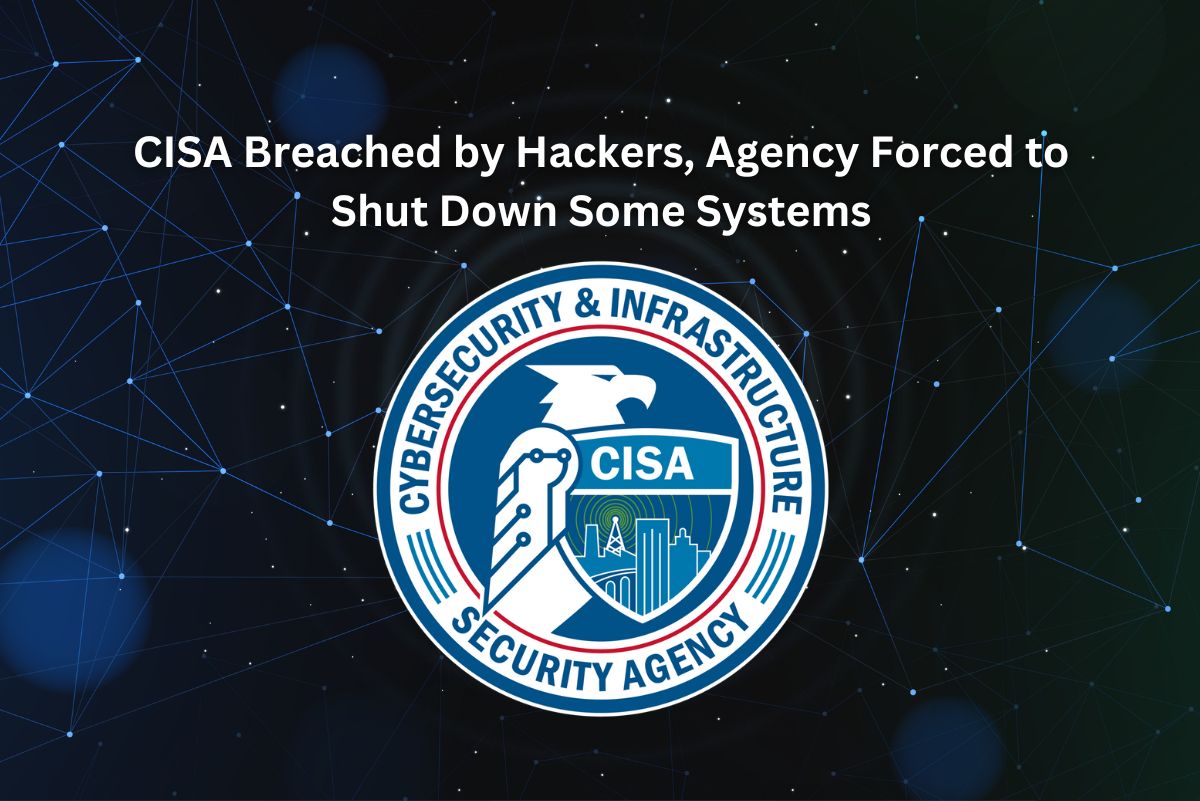
The Cybersecurity and Infrastructure Security Agency (CISA) has confirmed that two of its systems were breached in February, prompting the agency to take immediate action by shutting down both systems. The breach, attributed to vulnerabilities in internal Ivanti tools, highlights ongoing concerns over cybersecurity vulnerabilities within critical infrastructure.
Ivanti, a Utah-based firm providing IT security and systems management software, reportedly fell victim to exploitation by hackers who gained access to CISA's systems. While the agency assured that the impact was contained to the two compromised systems and that there is currently no operational disruption, it refrained from specifying whether any data was accessed or stolen.
According to sources familiar with the incident, the breached systems are linked to crucial elements of U.S. infrastructure, particularly the Infrastructure Protection (IP) Gateway and the Chemical Security Assessment Tool (CSAT). The latter contains sensitive industrial information crucial for assessing risk and security measures in chemical facilities.
Notably, CISA had previously issued warnings regarding vulnerabilities in Ivanti software, with recent advisories urging government agencies to disconnect from Ivanti Connect Secure and Ivanti Policy Secure. The breach underscores the challenges organizations face in mitigating cybersecurity risks, despite proactive measures and alerts from cybersecurity agencies.
Although the perpetrators behind the attack remain unidentified, the breach underscores the broader threat landscape faced by organizations, regardless of their scale or industry. CISA's response to the incident emphasizes the importance of having robust incident response plans in place to enhance resilience against cyber threats.
As investigations continue, CISA remains steadfast in its commitment to fortifying the nation's cybersecurity posture and safeguarding critical infrastructure from evolving threats.